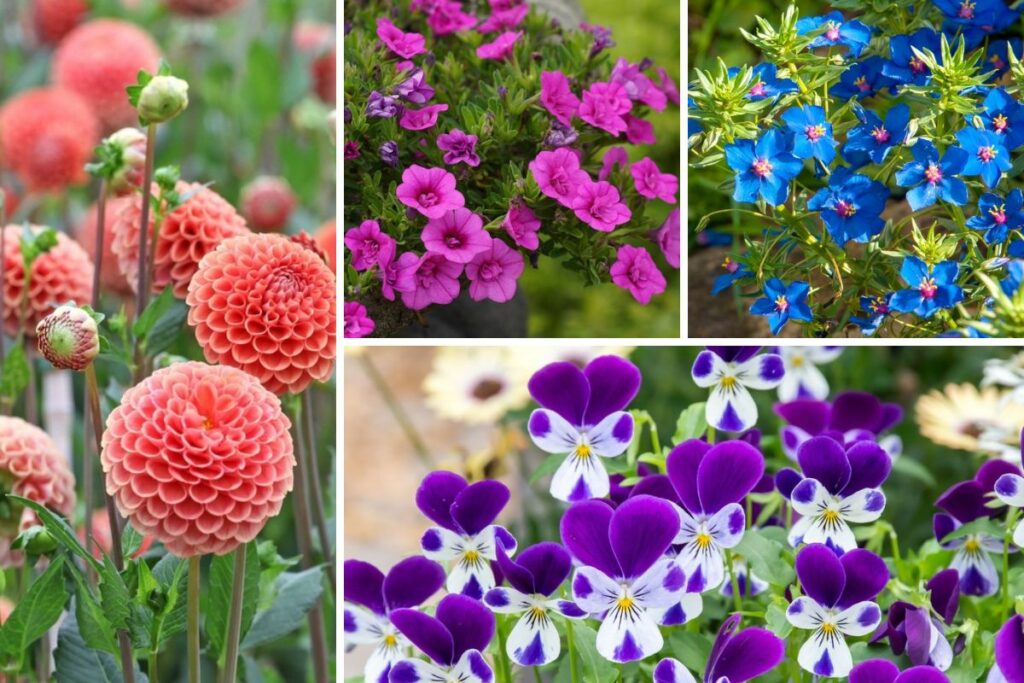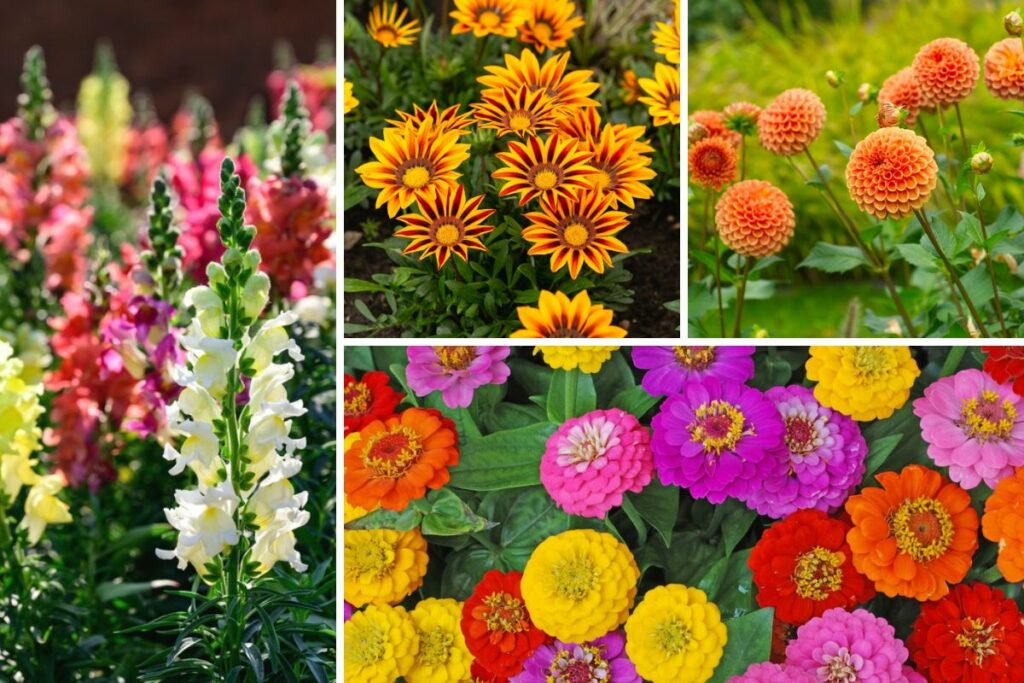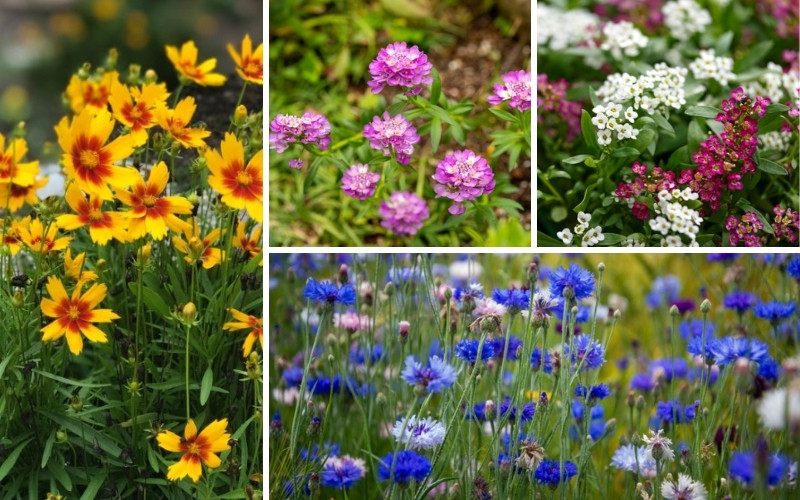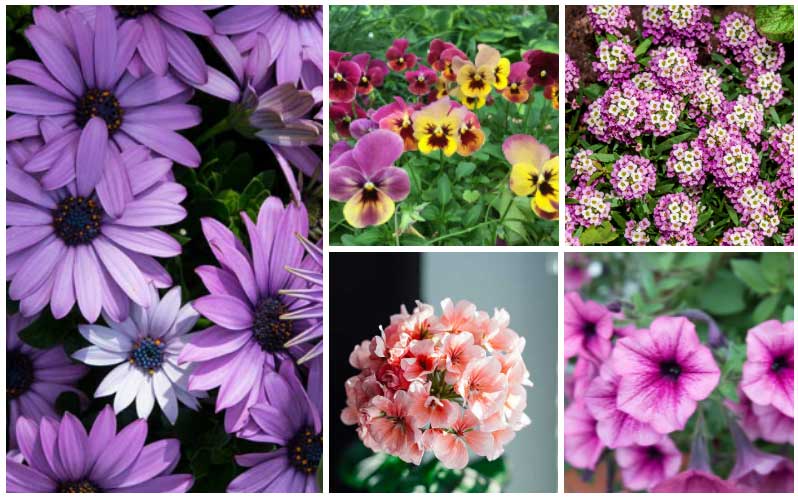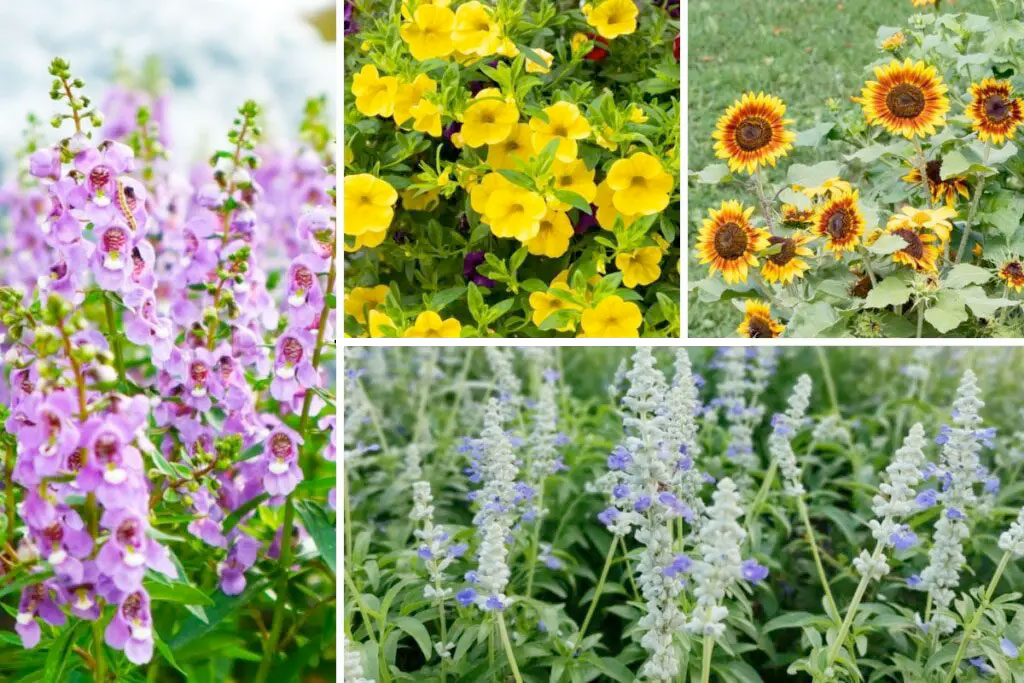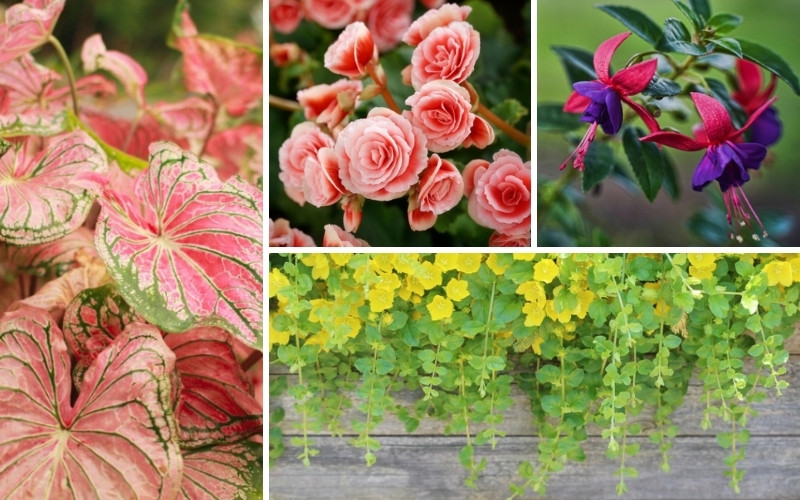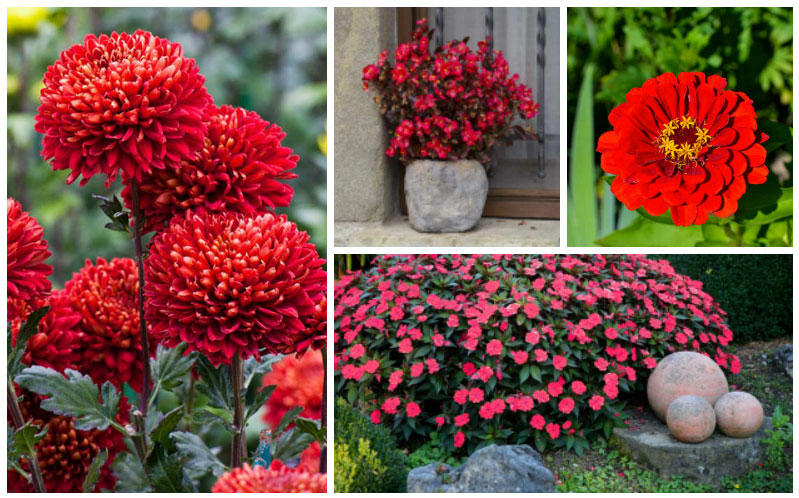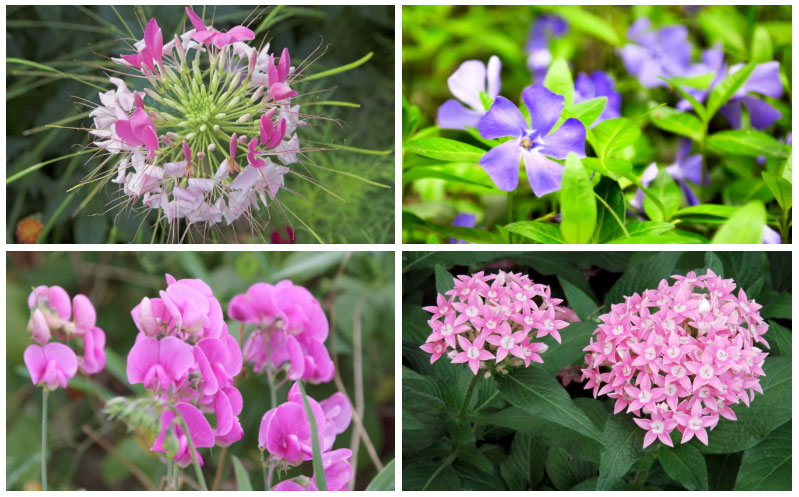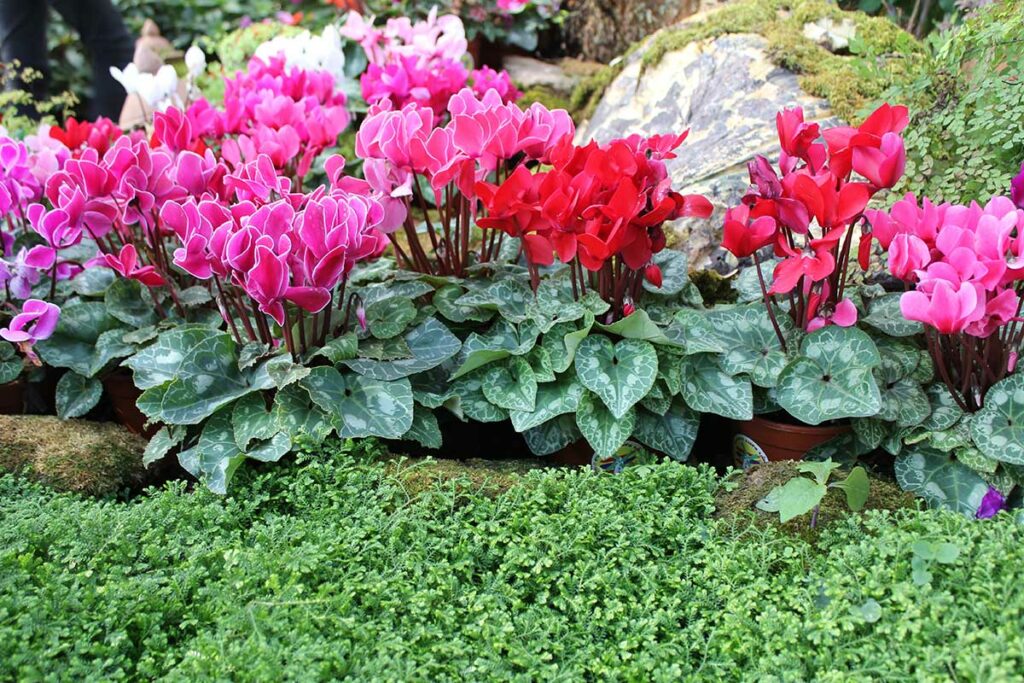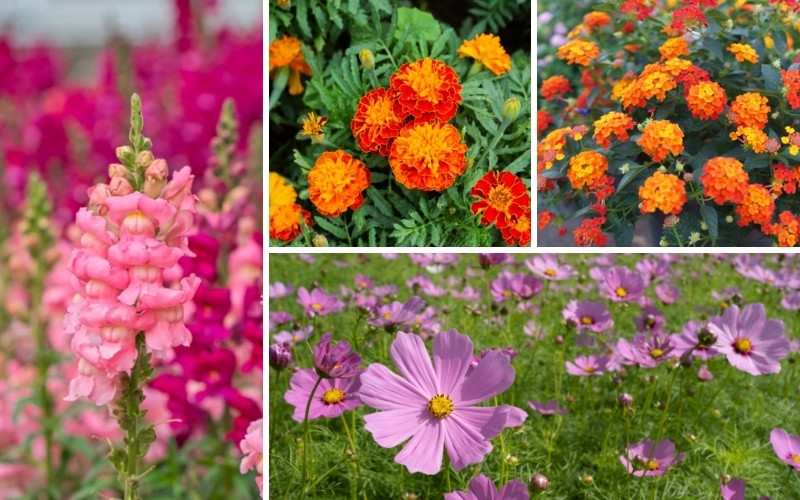
Whether you live in a drier climate or expect a drier-than-usual summer, having a vibrant garden shouldn’t be a challenge. Thankfully, some colorful and attractive plants can handle hot, dry conditions with little effort.
Let’s talk about some of our favorite drought-resistant annuals that will have your garden looking incredible!
California Poppy
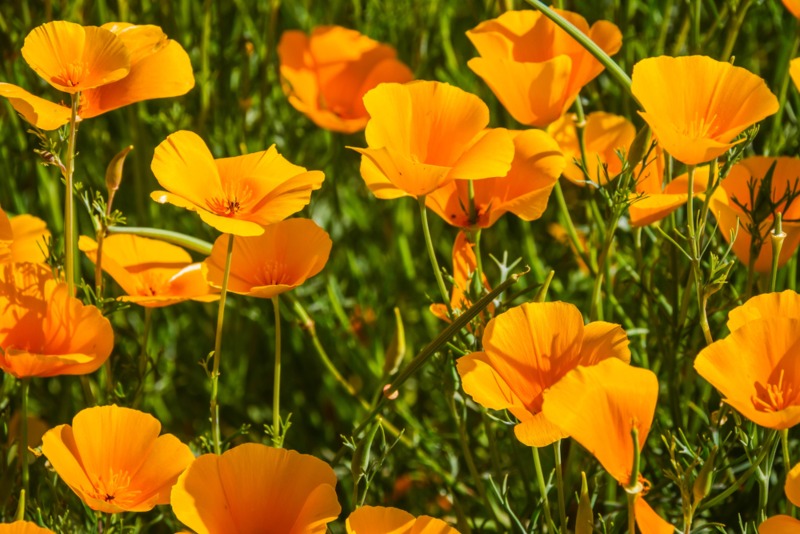
The California poppy (Eschscholzia californica) may be the state flower of California, but it’s found across the United States. This long-stemmed poppy grows from five inches to five feet and makes an excellent choice for private gardens. The yellow, orange and red flowers may look dainty, but they handle various climates and weather conditions.
Sow the seeds in shallow divots during the fall or spring to yield spring and summer blooms. Depending on the climate, blooms can last several weeks or the whole summer. In regions with mild climates, the California poppy can reseed itself, but most areas of the United States treat it as an annual.
Cosmos

Often mistaken for colored daisies, cosmos (Cosmos bipinnatus) are easy to care for and hold up well against dry conditions. Cosmos like full sun and feature orange, purple, pink, red, or white blossoms. The colorful flowers bloom in summer and fall, which attracts various birds and butterflies to any garden.
Expect flower-heads between three to five inches and stems ranging from one foot up to six feet. Taller stems may need supports to remain upright, especially in windy areas.
Many people suggest sowing the seeds ¼-inch deep or less, and you can harvest the seeds in the fall for replanting. You can also sprinkle the seeds over a larger area with other varieties to create an eclectic wildflower-like garden.
Dusty Miller
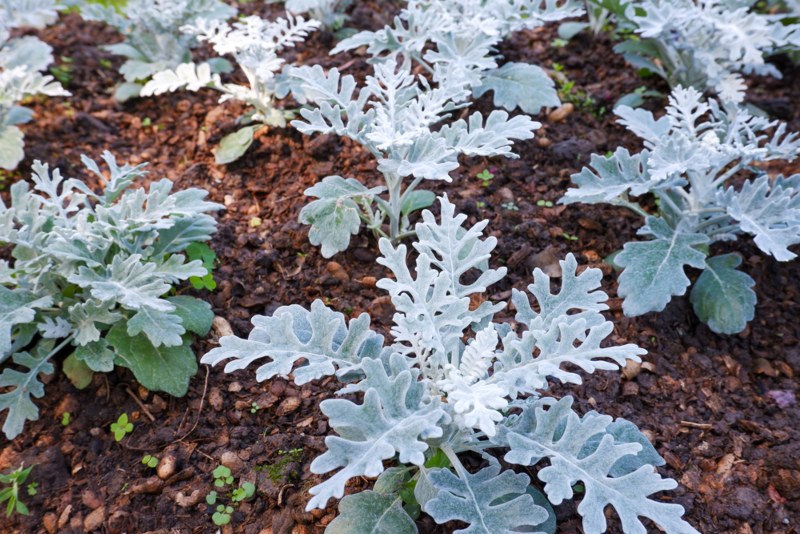
One of the most versatile and hardy plants on this list is the Dusty Miller (Senecio cineraria). Silvery-gray leaves look attractive throughout the summer, and the plants yield tiny yellow blooms. Though they can reach about one foot in height, Dusty Millers usually don’t get that tall.
Dusty millers handle drought exceptionally well and frequently appear in xeric gardens. They only need occasional weeding and possibly a spritz of water during heavy drought conditions.
Gazania
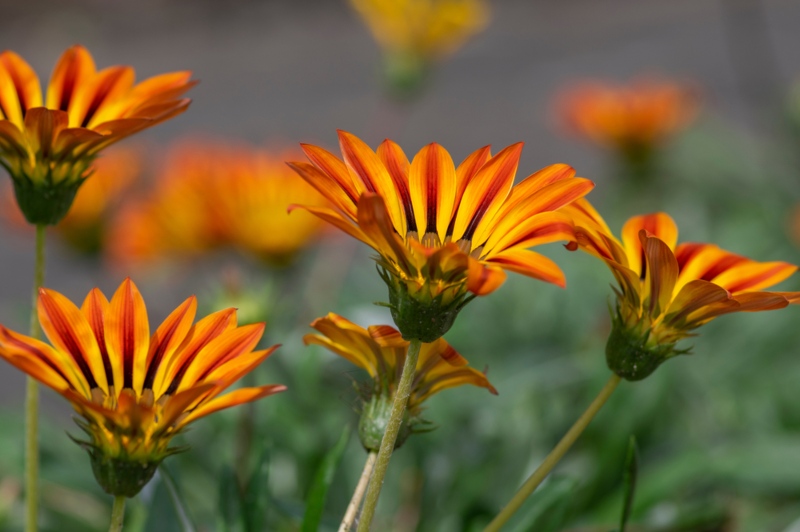
Also called treasure flowers, Gazania (Gazania rigens) requires limited care. They work well with ornamental ground cover to edge a lawn or garden with color. Gazanias do well in sunny spaces and can reach about six to eighteen inches tall and wide.
The grass-like leaves give way to yellow, red, pink, orange, or white flowers, though it’s possible to find multicolored blooms. Plant them and forget about them to get gorgeous blooms from summer through early fall.
Lantana

Add aesthetic appeal to any garden with lantanas (Lantana camara). Their multicolored blooms last longer than most plants and attract butterflies and hummingbirds. Though they shouldn’t be planted until after the threat of frost passes, warm weather gets lantanas growing.
Note that lantanas need more watering when initially planted, but once they need little upkeep, if any. Just watch for powdery mildew or root rot if the lantanas get too wet.
Marigolds

Marigolds might be some of the easiest plants to grow, no matter which variety you choose. However, not all varieties handle drought as well, so look for Tagetes erecta, commonly referred to as African marigolds, American marigolds, or Mexican marigolds.
The bright yellow, orange, and red blooms last throughout the spring, summer, and early fall. They don’t require much water, except for high-heat conditions. It’s possible to harvest the seeds to replant the next year.
Moss Rose
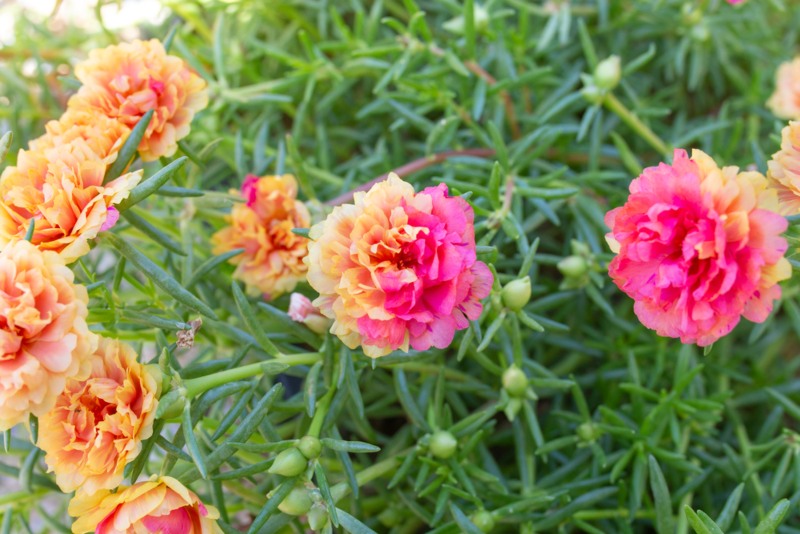
The Moss rose (Portulaca grandiflora) is a unique, drought-resistant plant that comes from dry plain areas in South America. They require almost no upkeep and produce colorful, rose-like flowers to balance any garden. Note that the flowers only open in the sun and stay closed all night or on cloudy days.
These semi-succulent plants have leaves that store water to keep the plant healthy and hydrated during drought conditions. Harvest the seeds to eat or replant!
Nasturtium
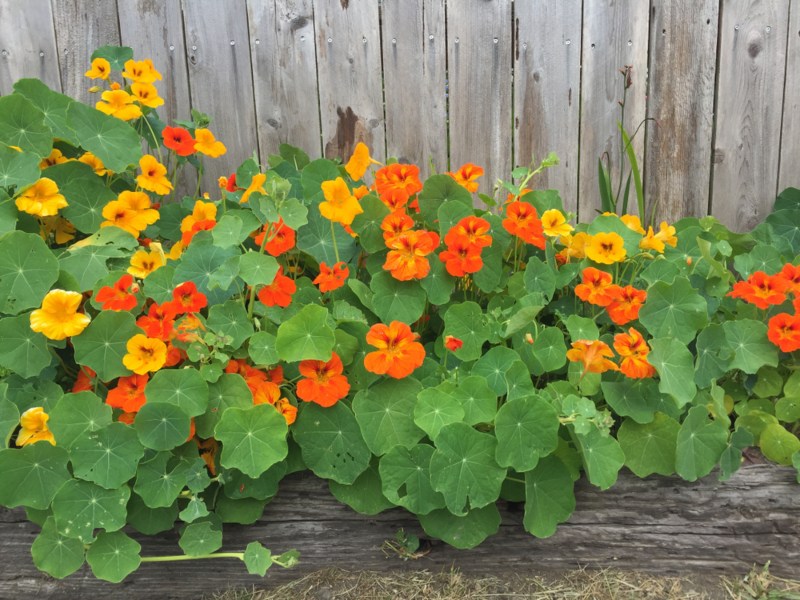
Nasturtiums (Tropaeolum majus) handle hot, dry conditions well, but they also draw harmful pests away from fruits and vegetable plants. The cheerful flowers add color and personality to any garden. Aside from being easy to care for, nasturtiums are edible and make excellent adornments on many dishes while adding a peppery taste.
Plant the seeds about ½-inch deep after the last frost. They prefer full sun, handle poor soil conditions well, and don’t require fertilizer.
Snapdragon
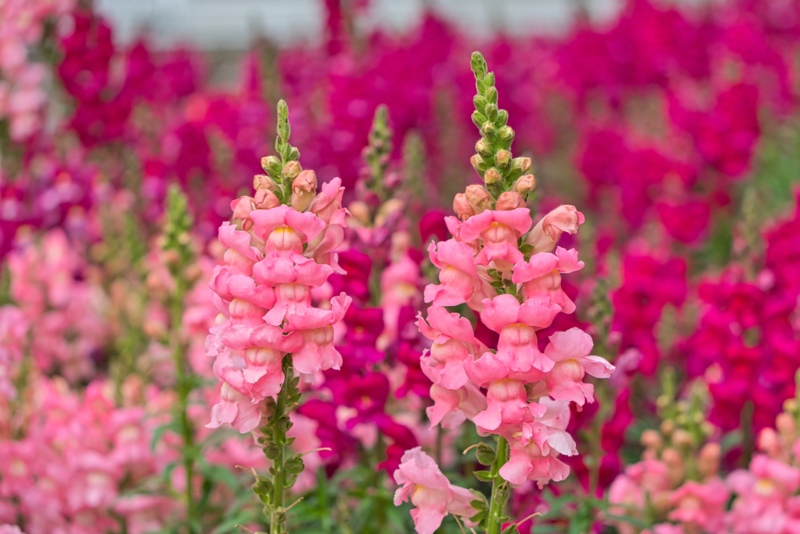
Snapdragons (Antirrhinum majus) introduce a unique aesthetic to gardens needing a mid-level plant that can withstand harsh conditions. It’s a good idea to mulch around the base for extra protection. Since snapdragon stems can reach up to eight feet, adding stakes can provide support for the red, orange, yellow, pink, and white flowers.
Other than removing spent blooms, snapdragons require little care. They bloom in early spring and can even handle frost. Look for blooms in almost every color except for blue.
Sweet Alyssum
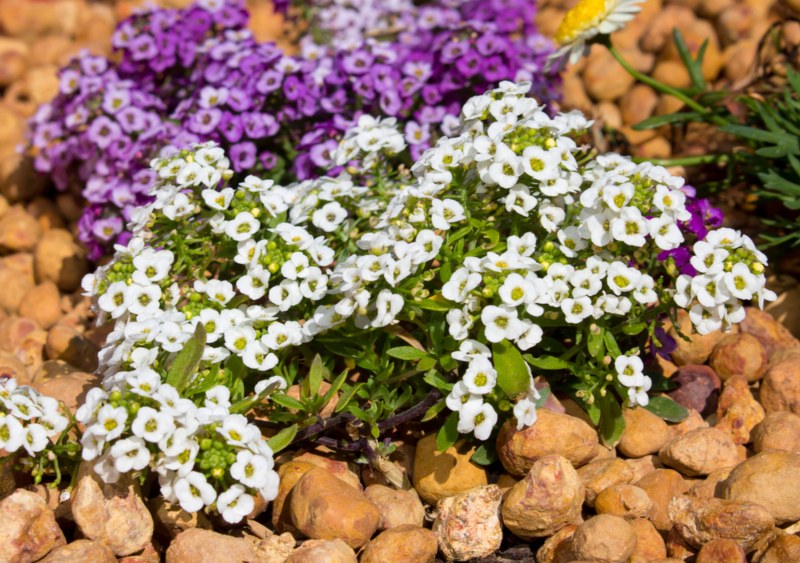
Even though its name sounds delicate, sweet alyssum (Lobularia maritima) may be the toughest plant in a garden. The petite, fragrant flowers come in clusters of white, yellow, purple, or pink. Sweet alyssum only grows three to six inches high and works well as a ground cover, border, or filler plant.
It’s most cost-effective to grow sweet alyssum from seeds by starting them inside several weeks before the last frost. Though they prefer full sun, they can handle partial shade. Sweet alyssum plants prefer dry soil and require little water during drought conditions.
Verbena
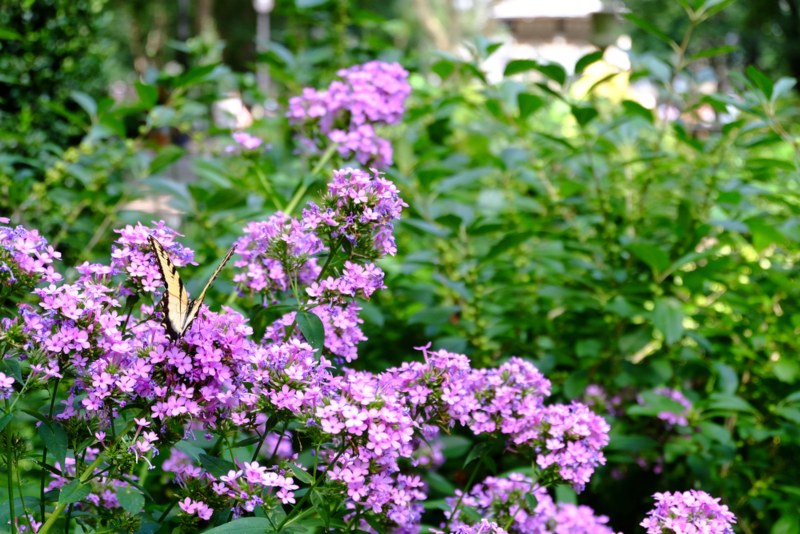
Combining long-lasting blooms in a hardy plant, verbenas (Verbena officinalis) round out gardens that need summer blooms. Verbenas can tolerate high humidity and heat, nearly any soil condition, and dry periods.
Though verbena flowers can handle drought conditions, it’s important to get them about an inch of water per week near the base. A little fertilizer in the spring and fall can improve the fullness and colors of the blooms. Choose from white, pink, blue, red, and lavender depending on the garden’s color scheme.





